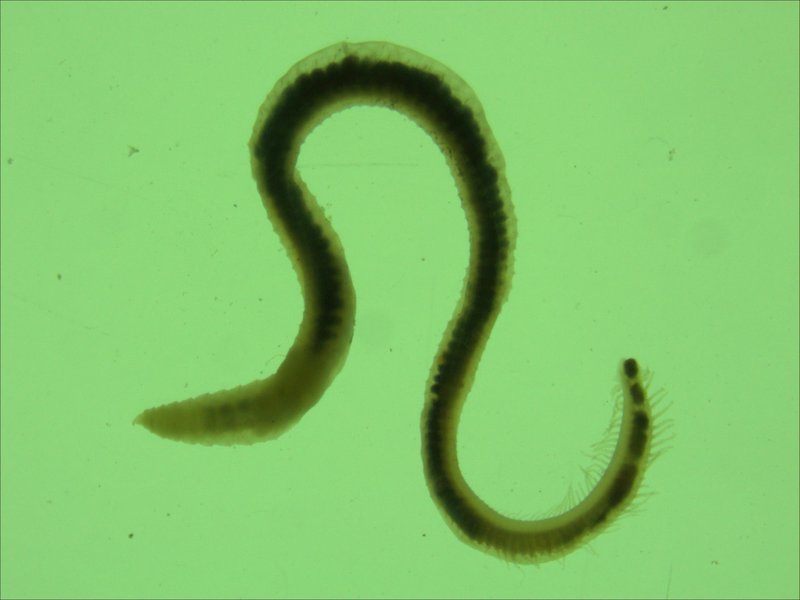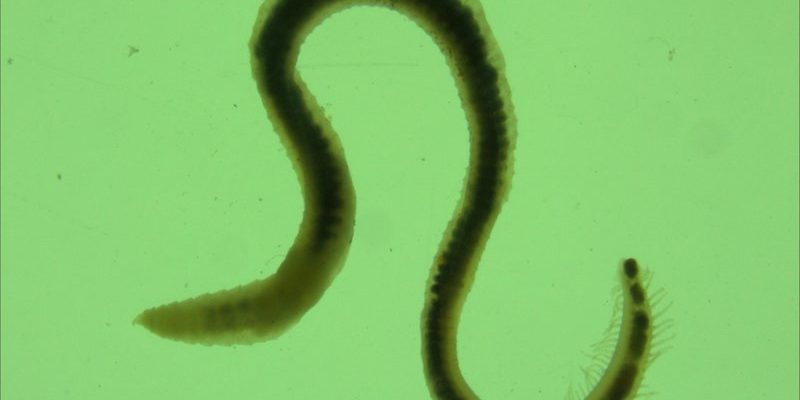
Imagine oligochaetes as the unsung heroes of the aquatic world. They might not have the glamor of flashy fish or the charm of adorable amphibians, but they’re crucial for healthy water systems. They help aerate sediment, recycle nutrients, and provide food for various animals. As we explore the possibilities of studying and farming these worms, you’ll discover that their potential goes beyond what meets the eye.
So, grab your favorite cup of coffee, and let’s take a closer look at the ins and outs of keeping freshwater oligochaetes in captivity and whether it’s a viable option for study or farming.
Freshwater oligochaetes are a class of segmented worms found in various aquatic environments. They thrive in rivers, lakes, and ponds, usually burrowing into sediment. Here’s the thing: they’re not just slimy little guys! They come in various species, including the common Lumbriculus variegatus, known for its adaptability and resilience.
These worms eat decaying organic matter and microorganisms, contributing to nutrient cycling in their ecosystems. Think of them as nature’s recyclers—they break down waste and essentially “clean up” the water. Isn’t it neat how such small organisms can have a significant impact?
In captivity, oligochaetes can be kept in tanks or aquariums, where conditions can be controlled. This ability to replicate their natural habitat is key for anyone interested in studying or farming these fascinating creatures. So, let’s dig a little deeper into what it takes to keep them thriving.
Creating the right environment for freshwater oligochaetes is essential for their growth and reproduction. First, you’ll need a tank—ideally at least 10 gallons—filled with dechlorinated water. They appreciate a bit of sediment at the bottom, so consider adding a layer of fine gravel or sand to mimic their natural habitat.
Here’s what you need to pay attention to when setting up:
- Water Temperature: Oligochaetes do best in temperatures ranging from 15-25°C (59-77°F).
- pH Level: They prefer a neutral pH around 7.0, though they can tolerate a range of 6.5 to 8.0.
- Oxygenation: Consider adding a gentle air stone to ensure the water stays well-aerated, which is essential for their health.
You might be wondering how to keep the tank clean. Regular water changes (about 20% weekly) and monitoring for excess waste are critical. Oligochaetes will produce waste, which can affect water quality if not managed properly. The goal is to maintain a balanced, stable environment that encourages their growth.
Feeding Freshwater Oligochaetes
When it comes to feeding your oligochaetes, they’re not picky eaters! In the wild, they feast on organic debris, algae, and microorganisms. In captivity, you can provide a varied diet to ensure they stay healthy and vibrant.
Some great feeding options include:
- Ground fish food or shrimp pellets
- Crushed vegetables, like peas or cucumber
- Commercial worm food available at pet stores
Feeding them a mix of these options will help promote healthy growth and reproduction. Keep an eye on their feeding behavior—if they’re not eating, you might need to adjust what you’re offering.
Honestly, overfeeding can lead to water quality issues, so it’s best to start with small amounts and increase as needed. Just think of it as trial and error until you find the right balance for your little worms!
Studying Freshwater Oligochaetes
So, can you study oligochaetes in captivity? Absolutely! They offer a unique opportunity for research in various fields, including ecology, environmental science, and even biology. You could observe their behavior, growth patterns, and the impact of different water conditions and diets on their health.
Research Opportunities
Studying oligochaetes can provide insights into important ecological concepts. For instance, you might investigate how pollutants affect their reproduction and survival. This research can help inform environmental protection efforts, as these worms can act as bioindicators of water quality.
Additionally, you can explore their roles in nutrient cycling and sediment health. Watching how they process organic matter can be a powerful experience and offer firsthand knowledge about aquatic ecosystems.
You might also consider collaborating with local schools or universities interested in ecological studies. They may welcome partnerships for research projects or educational outreach programs.
Farming Freshwater Oligochaetes
When it comes to farming oligochaetes, the practice is growing in popularity, especially among aquarists and fish enthusiasts. These worms can make an excellent food source for various fish and invertebrates, providing a live food option that enhances animal health and vibrant colors.
How to Farm Oligochaetes
Starting a farming operation is relatively straightforward. Begin by establishing a suitable habitat, as discussed earlier. Once you have a healthy population, you can increase their numbers by ensuring proper conditions for breeding.
Here are some tips for successful farming:
- Temperature and pH Control: Consistent water conditions are critical for breeding success.
- Feeding Routine: A steady diet will promote growth and reproduction.
- Harvesting: Carefully siphon out a portion of your worms without disrupting the entire population.
The idea is to maintain a sustainable cycle, ensuring you always have a healthy population to draw from. Plus, it’s rewarding to know you’re not only providing food for your pets but also engaging with a fascinating aspect of aquatic life.
Challenges in Captivity
While keeping freshwater oligochaetes can be rewarding, it’s not without its challenges. Maintaining water quality is paramount; any fluctuations can stress your worms and affect their health.
Another potential issue is overpopulation. Oligochaetes can reproduce rapidly if conditions are optimal, leading to overcrowding. It’s essential to monitor their population and adjust feeding and water changes accordingly.
Lastly, be wary of introducing any chemicals or medications into the water, as oligochaetes can be sensitive to changes in their environment. If you encounter problems like disease or water quality issues, addressing them early is crucial to prevent significant losses.
The Future of Studying and Farming Oligochaetes
As researchers and hobbyists continue to explore the possibilities of freshwater oligochaetes, the future looks promising. These remarkable worms are proving to be more than mere pond dwellers; they’re valuable tools for understanding aquatic ecosystems and sustainable farming practices.
Interest in sustainability and natural food sources is driving the farming of oligochaetes. They’re not just enriching their environments; they’re adding richness to our understanding of how ecosystems function. Researchers are diving deeper into their potential applications in aquaculture and maintaining healthy aquatic systems.
In conclusion, if you’re captivated by the world of freshwater oligochaetes, consider giving them a try in captivity. With the right setup, care, and a touch of patience, you’ll discover a unique window into the wonders of aquatic life. Whether you’re studying them for research or farming them for food, oligochaetes hold a special place in the ecosystem—and now, perhaps, in your heart too.

